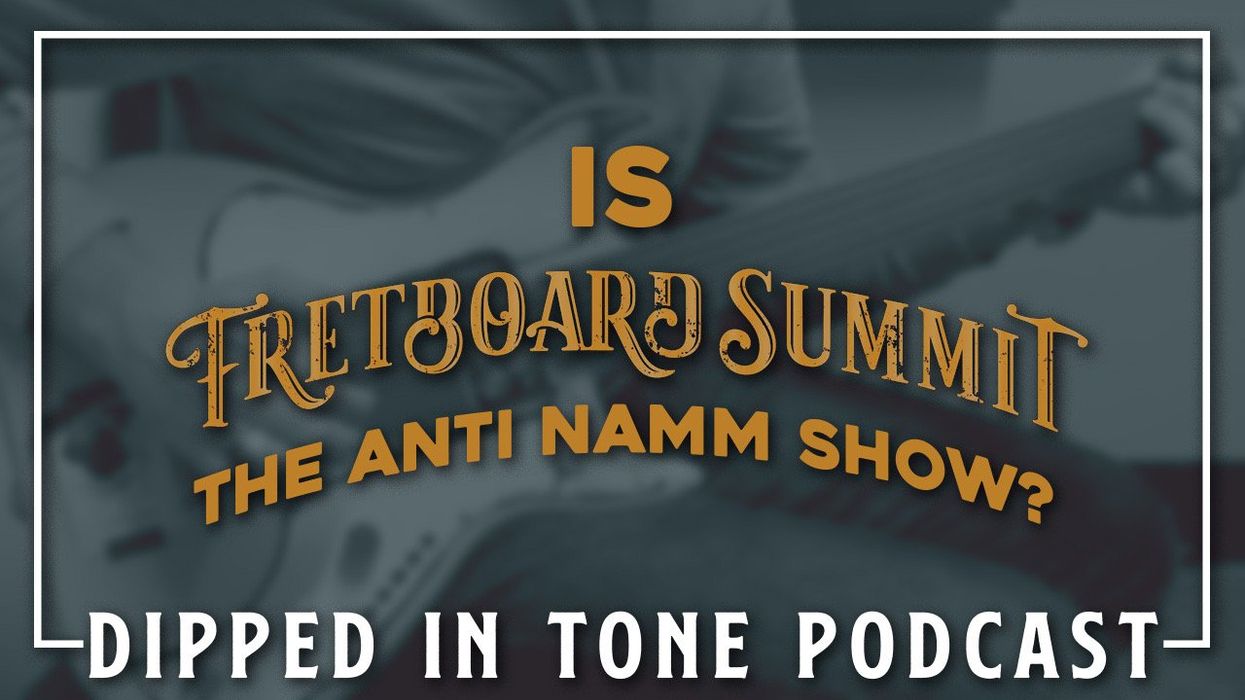From the tough economics of touring to building a personal style without theory, the Welsh guitarist talks about his journey from social media to sold-out shows.
On this episode of Dipped in Tone, Rhett and Zack are joined by Wales-born guitarist Chris Buck. Buck is gearing up for a string of US tour dates with his fast-rising rock band Cardinal Black, including a date at Nashville’s Basement East after the original venue sold-out within a few hours.
Luke Ottenhof HED: How Chris Buck Went From YouTube to the Royal Albert HallTEASER: From the tough economics of touring to building a personal style without theory, the Welsh guitarist talks about his journey from social media to sold-out shows.On this episode of Dipped in Tone, Rhett and Zack are joined by Wales-born guitarist Chris Buck. Buck is gearing up for a string of US tour dates with his fast-rising rock band Cardinal Black, including a date at Nashville’s Basement East after the original venue sold-out within a few hours.Buck starts off digging into the details of his custom Yamaha Revstar and why he chose the versatile guitar over better-known offerings from legacy brands. Buck’s rise has been nearly meteoric: He started off posting videos on Facebook and Instagram before his wife suggested he give YouTube a try. His channel now counts 226,000 subscribers, thanks to his popular Friday Fretworks videos. But as Buck explains, his content is a tool to help fund his original music—a very successful tool.
Still, it’s not all sunshine. Buck details how he and his band navigate the brutal economics of touring, including some horror stories of how they ended up losing money on merch sales. Later, we learn how Buck built his signature playing style—mostly by ear and by accident. “I don’t think anyone has ever ended up sounding like themselves through sitting down and going ‘Right, im gonna try to sound unique,’” he says. “It just happens over time.”
He’s gone from YouTube to the Royal Albert Hall, but Buck reveals a quiet concern that he’s peaked too early. What do Rhett and Zach make of that fear? Tune in.



















